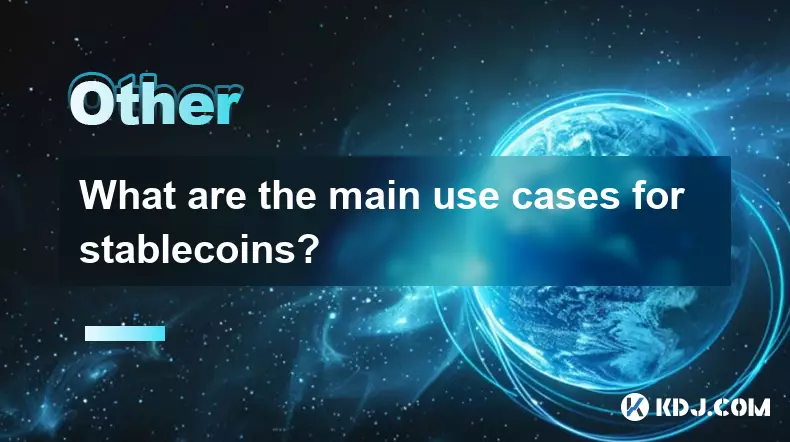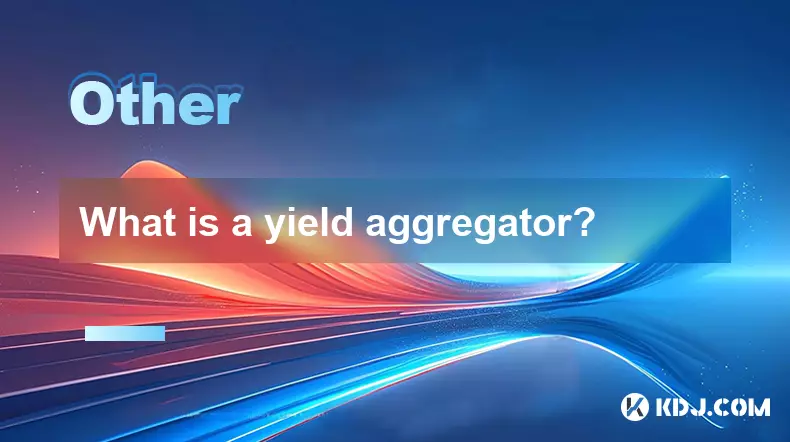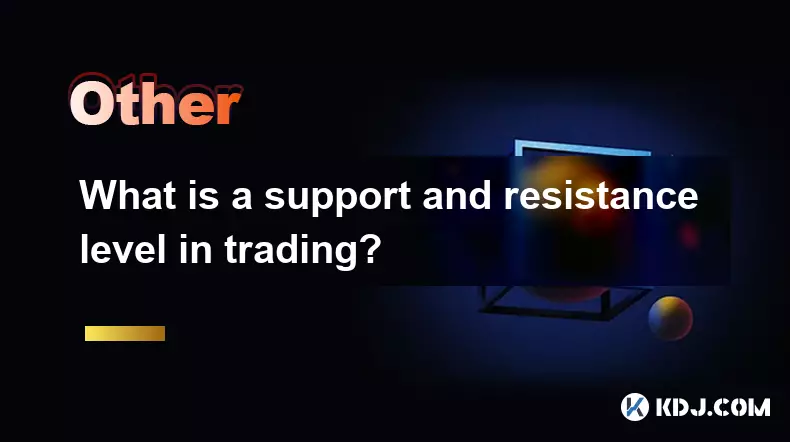-
 Bitcoin
Bitcoin $108600
-1.14% -
 Ethereum
Ethereum $4395
1.43% -
 Tether USDt
Tether USDt $1.000
0.01% -
 XRP
XRP $2.807
-2.26% -
 BNB
BNB $859.9
0.55% -
 Solana
Solana $202.7
-2.19% -
 USDC
USDC $0.9999
0.01% -
 Dogecoin
Dogecoin $0.2160
1.00% -
 TRON
TRON $0.3403
0.22% -
 Cardano
Cardano $0.8321
1.26% -
 Chainlink
Chainlink $23.37
0.14% -
 Hyperliquid
Hyperliquid $43.58
-1.63% -
 Ethena USDe
Ethena USDe $1.001
0.02% -
 Sui
Sui $3.332
1.21% -
 Stellar
Stellar $0.3574
-1.80% -
 Cronos
Cronos $0.3183
8.00% -
 Bitcoin Cash
Bitcoin Cash $531.9
-0.94% -
 Avalanche
Avalanche $23.57
-0.77% -
 Hedera
Hedera $0.2246
-1.56% -
 UNUS SED LEO
UNUS SED LEO $9.500
-1.19% -
 Litecoin
Litecoin $110.7
0.46% -
 Toncoin
Toncoin $3.094
1.40% -
 Shiba Inu
Shiba Inu $0.00001239
1.64% -
 Uniswap
Uniswap $9.725
1.76% -
 Polkadot
Polkadot $3.789
-0.38% -
 Dai
Dai $0.0000
0.01% -
 Bitget Token
Bitget Token $4.553
0.26% -
 Monero
Monero $267.4
1.42% -
 Aave
Aave $316.2
2.80% -
 Ethena
Ethena $0.6706
3.38%
What is a crypto "whale"?
A crypto whale holds vast amounts of digital assets, influencing markets through large transactions that can trigger volatility, shape sentiment, and impact DeFi ecosystems.
Aug 30, 2025 at 08:29 am

Understanding the Concept of a Crypto Whale
1. A crypto whale refers to an individual or entity that holds a substantial amount of cryptocurrency, often enough to influence market dynamics through their trading activity. These large holders can possess millions of dollars' worth of digital assets, sometimes controlling a significant percentage of a particular coin's circulating supply.
2. The presence of whales is particularly noticeable in lower-market-cap cryptocurrencies, where a single large transaction can drastically affect price movements. Their buying or selling decisions are closely monitored by smaller investors who often interpret whale activity as a signal of market direction.
3. Whales typically accumulate their holdings through early investment, mining operations, or participation in initial coin offerings (ICOs). Due to the pseudonymous nature of blockchain, identifying specific whales is difficult, but blockchain analytics firms track large wallet movements to detect potential whale behavior.
4. While not inherently malicious, whale actions can lead to volatility. For example, when a whale moves large quantities of a cryptocurrency to an exchange, it may trigger fear among retail investors that a sell-off is imminent, leading to a price drop even if the transfer is for custody or trading strategy purposes.
5. Some whales engage in strategies like 'pump and dump' schemes or spoofing, where they create artificial demand to inflate prices before selling off their holdings. Regulatory bodies are increasingly scrutinizing such manipulative behaviors, especially on decentralized platforms where oversight is minimal.
Impact of Whale Activity on Market Sentiment
1. Whale transactions are often seen as indicators of confidence or caution in a cryptocurrency. A large purchase may be interpreted as bullish sentiment, prompting others to follow suit and driving prices upward through collective buying pressure.
2. Conversely, when a whale offloads a significant portion of their holdings, it can trigger panic selling among retail traders. This herd behavior amplifies downward price movements, sometimes leading to sharp corrections within minutes.
3. Social media and on-chain analysis tools have made whale tracking more accessible. Platforms like Whale Alert notify users of large transactions in real time, contributing to rapid dissemination of information—and sometimes misinformation—across trading communities.
4. In some cases, whales may use their influence to stabilize a token’s price during downturns by absorbing sell pressure. This supportive intervention is sometimes viewed as market-making behavior, particularly in projects where core developers or founding teams hold large reserves.
5. The psychological impact of whale movements extends beyond immediate price changes. Repeated patterns of accumulation or distribution can shape long-term investor perceptions about a cryptocurrency’s stability and growth potential.
Whales in Decentralized Finance (DeFi)
1. Within DeFi ecosystems, whales often dominate liquidity pools and governance mechanisms. By holding large amounts of governance tokens, they can sway voting outcomes on protocol upgrades, fee structures, and treasury allocations.
2. Liquidity provision in decentralized exchanges (DEXs) is frequently controlled by a small number of whale accounts. Their withdrawal of liquidity can destabilize trading pairs, increase slippage, and reduce overall market efficiency.
3. Yield farming incentives have attracted whales seeking to maximize returns through staking large positions. This concentration of rewards can skew distribution models and reduce the accessibility of high yields for average participants.
4. Flash loan attacks and other exploit techniques have occasionally involved whale-level capital to manipulate oracle prices or drain funds from vulnerable protocols. These events highlight the risks associated with unchecked financial power in permissionless systems.
5. Projects are increasingly adopting mechanisms like token vesting, anti-whale clauses, and progressive decentralization to limit the disproportionate influence of large holders and promote a more equitable distribution of power.
Frequently Asked Questions
How can you identify a crypto whale?Whales are typically identified by monitoring blockchain transactions for large wallet addresses. Tools like Etherscan, Blockchain.com, and specialized services such as Glassnode or Nansen provide insights into wallet balances and movement patterns that suggest whale activity.
Do crypto whales always manipulate the market?No, not all whale activity is manipulative. Many whales are long-term investors, institutional players, or project founders who manage funds for operational purposes. Their transactions may reflect strategic portfolio management rather than intent to influence prices.
Can retail investors protect themselves from whale-driven volatility?Yes, retail investors can mitigate risks by diversifying holdings, avoiding emotional trading responses to large transactions, using stop-loss orders, and relying on fundamental analysis rather than short-term market noise driven by whale movements.
Are there regulations targeting crypto whales?Currently, direct regulation of whale activity is limited, but financial authorities are focusing on market manipulation, insider trading, and transparency in crypto markets. Exchanges and DeFi platforms may also implement rules to discourage abusive practices tied to large-volume transactions.
Disclaimer:info@kdj.com
The information provided is not trading advice. kdj.com does not assume any responsibility for any investments made based on the information provided in this article. Cryptocurrencies are highly volatile and it is highly recommended that you invest with caution after thorough research!
If you believe that the content used on this website infringes your copyright, please contact us immediately (info@kdj.com) and we will delete it promptly.
- DeFi's Golden Age: How Polygon's USDT/XAU Integration Ushers in a New Era
- 2025-08-30 17:05:12
- Plasma, EtherFi, and Stablecoin Yields: A New Era of DeFi?
- 2025-08-30 16:45:21
- Remittix (RTX): The Real-World Utility Kingpin and Its Market Positioning in 2025
- 2025-08-30 17:25:15
- Succinct, Institutional Liquidity, and Strategic Investment: Decoding the Future of Blockchain
- 2025-08-30 16:45:21
- Dogecoin, BONK, and the Price Dip Tango: What's Shakin'?
- 2025-08-30 17:30:12
- XRP, Institutional Adoption, and Treasury Yield: A New Era?
- 2025-08-30 17:30:12
Related knowledge

What are the main use cases for stablecoins?
Aug 30,2025 at 03:41am
Main Use Cases for Stablecoins 1. Stablecoins serve as a reliable medium of exchange in volatile cryptocurrency markets. Traders often convert their h...

What is a "vampire attack" in DeFi?
Aug 29,2025 at 09:36pm
Understanding the Concept of Vampire Attacks in DeFi1. A vampire attack in the decentralized finance (DeFi) space refers to a strategic effort by one ...

What is a yield aggregator?
Aug 30,2025 at 12:36pm
Understanding Yield Aggregators in the Crypto Space1. A yield aggregator is a decentralized finance (DeFi) platform designed to automate and optimize ...

What is a support and resistance level in trading?
Aug 29,2025 at 07:00pm
Understanding Support and Resistance in Market Dynamics1. Support and resistance levels are foundational concepts in technical analysis, widely used b...

What are "diamond hands" and "paper hands"?
Aug 29,2025 at 09:54pm
Diamond Hands: The Mindset of Holding Through Volatility1. Diamond hands refer to the psychological resilience of holding onto cryptocurrency assets d...

What does HODL, FUD, and FOMO mean?
Aug 29,2025 at 06:19pm
Fundamental Cryptocurrency Slang Every Trader Should KnowCryptocurrency communities thrive on unique terminology that reflects the culture, sentiment,...

What are the main use cases for stablecoins?
Aug 30,2025 at 03:41am
Main Use Cases for Stablecoins 1. Stablecoins serve as a reliable medium of exchange in volatile cryptocurrency markets. Traders often convert their h...

What is a "vampire attack" in DeFi?
Aug 29,2025 at 09:36pm
Understanding the Concept of Vampire Attacks in DeFi1. A vampire attack in the decentralized finance (DeFi) space refers to a strategic effort by one ...

What is a yield aggregator?
Aug 30,2025 at 12:36pm
Understanding Yield Aggregators in the Crypto Space1. A yield aggregator is a decentralized finance (DeFi) platform designed to automate and optimize ...

What is a support and resistance level in trading?
Aug 29,2025 at 07:00pm
Understanding Support and Resistance in Market Dynamics1. Support and resistance levels are foundational concepts in technical analysis, widely used b...

What are "diamond hands" and "paper hands"?
Aug 29,2025 at 09:54pm
Diamond Hands: The Mindset of Holding Through Volatility1. Diamond hands refer to the psychological resilience of holding onto cryptocurrency assets d...

What does HODL, FUD, and FOMO mean?
Aug 29,2025 at 06:19pm
Fundamental Cryptocurrency Slang Every Trader Should KnowCryptocurrency communities thrive on unique terminology that reflects the culture, sentiment,...
See all articles

























































































